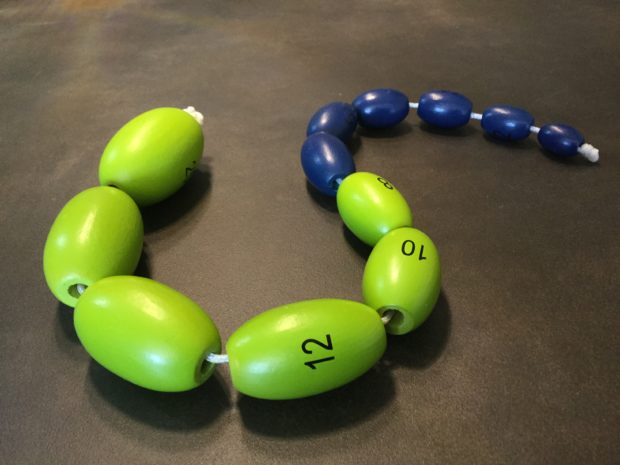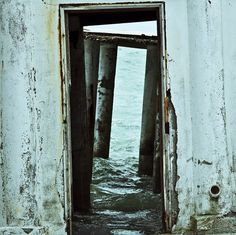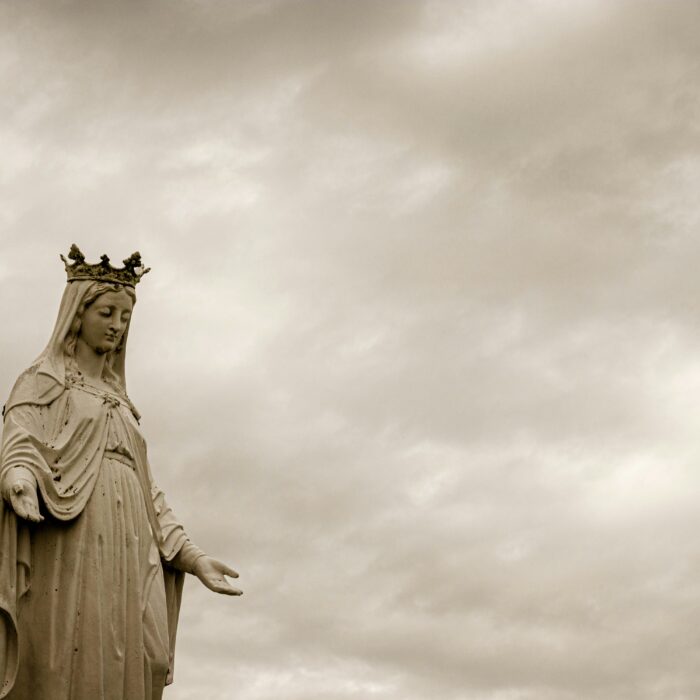You have no items in your cart. Want to get some nice things?
Go shopping
A while ago, it became a thing for some of the other boys at school to spit at me. They call it “flobbing”. Our school uniform is black and we’re supposed to wear our blazer at all times, unless we get special permission on really hot days, so one of the teachers noticed that I was arriving to lessons with all these snail-trails of phlegm and saliva down my back. It wasn’t just me, they spit at other people too, but because I’m much shorter than everyone else and I’m really shy, the teachers started to get worried about me, and they decided that some sort of intervention was needed.
So, when it was time for our once-a-year medical with the district nurse, all of us got told to line up outside the First-Aid Room, to be weighed and measured. The nurse marked down the readings on charts in cardboard folders, and then everyone got sent back to their lessons. But this time, me and Matthew Lewis, who is very overweight, got held back and taken to one side like two defective, substandard eggs. I got given a letter to take home.
Three weeks later, me and my Mum are in London, dodging taxis and weaving through tourists in Tottenham Court Road, looking for an address written on a letter from our doctor.
The hospital is a massive, ornate Victorian building, tucked away in the back streets of the West End. It has stone steps, leading up to huge oak double doors and inside it’s a maze of wards and stairs and lifts and corridors, with NHS signage and arrows pointing directions. We eventually find Paediatrics, on the second floor, and sellotaped to the wall is a paper printout sign that says:
“Growth Hormone Clinic: Prof. NJ Redmond” with a large black arrow pointing the way.
We push through the doors into the ward. In front of us, there is a long straight corridor. Sitting up against the walls, in two rows of grey plastic chairs, facing each other, are the outpatients, waiting for their names to be called.
It’s an amazing sight.
All the short parents, with small, underdeveloped children have sat on the right-hand side. Little tiny mums and dads in XS size clothing, with teeny tiny kids like me, wearing little towelling dressing gowns. Playing with Nintendos, drinking apple juice from cartons, dangling their legs that don’t reach the floor. All perfectly fully formed, but little. Mini-mums and mini-dads cross their mini-feet with size three and four shoes on.
But facing them, on the other side of the corridor, are these gigantic, massive sets of parents with incredible, super-sized kids. Some of them are epically tall and lanky, and others are just big all over, like wrestlers, or James Bond baddies. One boy is blind, as well.
It hadn’t occurred to me that there would be kids who had too much growth hormone the same as there were kids with not enough.
We sit diagonally opposite a seven-foot-tall dad, sat with his legs wide apart, reading a magazine. He has shorts on and his legs are like cranes, big structural things invading the walkway.
I look him over. He has giant, dinosaur’s shinbones and his legs are hairy, but shiny at the same time. His kneecaps are rock-hard ovals, like cycle helmets. He has massive dad-fingers, and his hands are made for pulling big steel levers or holding sledgehammers. The magazine looks tiny and silly in his hands. I imagine looking up the leg-hole of his shorts and seeing an enormous penis, with its one eye closed, sleeping like an animal in a burrow.
It is my turn to put on a dressing gown. I return holding my clothes in a bundle and give them to my mum. The giant dad’s son has appeared and is sitting next to him. The son is about my age. He looks like his dad in the face, but he is really thin and bony and he has acne scars. The tallness doesn’t look comfortable for him, he looks geeky and socially awkward and I wonder what his nickname is at school and if people bully him. His fingers are really long, and I think that if I was his Dad, I’d send him to piano lessons, because he can probably do at least an octave-and-five. There is not enough room for all their legs and they have both tucked their feet under the chairs so that people can get past. Their shoes are huge, they must have to go to special shops.
I wear clothes with labels that say “For ages 7–9” even though I’m thirteen.
Another tiny mum with a tiny daughter arrives at reception and asks where to go, and I look for their reaction when they turn and encounter the wondrous sight of us all sitting here, titans and munchkins, on opposite teams.
We wait for a very long time and it becomes boring.
A woman and her daughter arrive. They are gigantic and round.
The girl has her hair up in little pom-pom bunches, with plastic bobbles. She is wearing a yellow cotton T-shirt and it is stretched over her full, heavy breasts that lay across her body like sandbags. Her hips are very high and wide in her jeans, her buttocks are massive and dominate her body and they jut out, like a shelf. As she walks, the hips shift and roll momentously, on alternate diagonal axes, like an adult woman’s.
They come to sit down near us, but on the big-people side. They heave into the chairs, arranging plastic carrier bags full of snacks and magazines around them, and the mum puffs out a big sigh with the effort of sitting, and fitting into the too-small chair.
The girl has thick fat rolls on her neck, like her mum. They both have chubby, smooth hands with painted nails and thin gold rings on their fingers. Their skin is warm dark brown, oiled and silky, and the Mum has earrings shaped like stars, hanging on tiny thin chains. The girl has a really happy face, her fat cheeks push her bottom eyelids up so that she looks smiley all the time.
The clinic is running late. We wait another forty-five minutes in the chairs.
The giant dad and his son have finished and gone now.
The girl, who is called Keisha, has been playing Super Mario on a Game Boy for a long time. Her Mum keeps telling her to turn it down. Keisha notices me staring and holds the Game Boy out to me and says, “Do you want a turn?”
“Is it Super Mario?” I ask, even though I know it is, from the music.
“Yeah.”
“OK. I’m a bit rubbish.”
My mum gives Keisha’s mum a big smile, like what nice manners your child has, and she smiles back.
I cross over, a tiny rebel invited onto the giant’s side of the corridor, to sit next to Keisha, and she hands me the console and watches me play.
“Go left! Left! Get the heart!”
I click the controllers for a few minutes and we both concentrate on Mario World. Keisha’s huge, glossy arm is resting against mine as she leans in and watches my efforts. She smells like coconuts. I fall down a drainpipe and my turn is over. She giggles in my ear.
“What’s your name?” I say.
“Keisha.”
“How old are you?”
“Ten.”
“You’re TEN?! Wow…”
“Yeah. How old are you?”
“I’m thirteen,” I say.
“You don’t look it. You look about nine.”
“I know.”
While Keisha is starting her turn at Mario, we both stick out one leg to compare, press them up against each other. My tiny, pale-white child’s foot and her magnificent, fleshy dark-brown barrel of a lower leg. My foot only reaches down to near her calf. We laugh at me stretching in my chair, straining to reach my toes down to match where hers are, poking out from the hospital slippers. Keisha’s toenails are painted hot pink and it looks good, I like nail varnish.
Keisha’s name is called. I say thank you for sharing the Game Boy, and she stands up with her mum. They walk down to the consultant. Her huge, round buttocks make the dressing gown ride up at the back, big rolls of flesh hug her sides and the little slippers make slapping sounds as she saunters down the corridor.
I go back to my mum.
“Guess how old that girl is! … Seriously! guess how old that girl is.”
“I don’t know.”
“Ten!”
“Really?”
“Yeah! can you believe that? She’s ten! … TEN!”
“Shhhhh… yes, okay.”
*
The orchidometer is a medical device for measuring testicles. It’s not very sophisticated, it’s actually just a string of oval beads, graduating from small to large, and painted bright jolly colours, like a toy caterpillar. Dr Redmond has chosen to wear the string of plastic testicles tied around his neck, like a necklace.
The doctor has pulled down my underpants and is rolling one of my gonads gently around in his fingers. His other hand is up at his neck, moving along the beads, trying to find a match.
He strikes up a conversation with my mum.
While he is examining and talking to her about testosterone, I am focused on the last, biggest bead on the necklace, which seems huge, about the size of a small avocado, and I absently begin to imagine what will happen if the hormone treatment works. I imagine myself walking around with massive, hairy avocado-balls.
He is explaining that my skeleton is about five years behind my age, and that if I have the injections, I might gain up to three inches. There’s no guarantee – but even if it doesn’t make me taller overall, it will help advance puberty and so my body will be changing at the same time as my friends and I’ll feel more able to “join in with things.”
He addresses my mum and says stuff about “managing expectations”.
I can tell that there’s something about me getting bullied, or being shy, written down in the notes in the folder, because when he looks at them he keeps using phrases that hint at it. He’s trying to be diplomatic, and says “left out” instead of “bullied”.
My mum looks at me and says, “How do you feel about that? Do you want to ask any questions?”
I am staring at the X-rays of my hands and my skull, on a lightbox on the wall. I want to say, that’s not why they pick on me. They pick on me because I act like a girl, and I hang around with all the girls … and I wish I was a girl – but inside, I know that there’s no way that I’ll say that out loud. Not for a long time. So instead, I say yes to the injections, that I want them.
Afterwards, we go into a small, bare room and a female nurse gives us a lesson in how to do it all. The hormone comes as a dry tablet, about the size of a 10p coin, it looks like a sherbet refresher and it tinkles around in a little glass bottle with a rubber seal at the top.
Open a long green needle. Put it on the syringe. Snap the top off a vial of purified water. Suck up the water. Pierce through the rubber seal on the bottle. Squirt the water over the hormone tablet. Wait for the hormone to dissolve in the water. Shake the vial a little. Suck 5ccs of the liquid back up into the syringe. Change needles to a smaller orange one. Flick the syringe and get any air bubbles out.
Push the needle into the arm and inject the hormone slowly. Wipe it with a swab.
We are given four months’ worth of the little hormone bottles in boxes, two big rolls of the hypodermic needles, each one individually wrapped in foil and cellophane and all joined together in long tear-off strips. We are also given two cylindrical, reinforced cardboard drums, with diagonal writing that says “Medical Waste” and “Incinerate” in yellow and red letters, to put the used needles in, that have to be disposed of at our local doctors surgery, because of AIDS and stuff.
We walk out, through the aisle of giant and tiny parents and children.
On the train on the way home, I sit in the window seat, next to my mum, and on the empty seats opposite we rest the NHS carrier bags, full of needles, hormones, waste containers and information leaflets.
She says, “Well, that wasn’t so bad, we’ll be home by four”
I say, “Those big kids were SO huge!”
We stare at suburbia flashing past out the window. The train is nearly empty because it’s only 3.15.
I am thinking about climbing up and across the body of the giant dad, like he’s a colossus. In my head, he’s 200ft tall now and I am like an insect, crawling over him and exploring. I can hear his heart beating inside his giant chest.
I turn to my mum suddenly and say, “I don’t see why I should have to get stabbed in the arm with needles every day, just to fit in. It’s not my fault people pick on me.”
I don’t know why I said that. Just to make her feel guilty, and make it not easy for her. It was mean. But I don’t apologise.
She says I don’t have to do anything I don’t want to do.
We sit in silence and watch the houses fly by, out the train window.

About Steve Loveridge
Steve Loveridge is an artist and filmmaker. His feature documentary "Matangi/Maya/M.I.A." premiered at Sundance in 2018 and won a Special Jury Prize. He lives in Sheffield.




